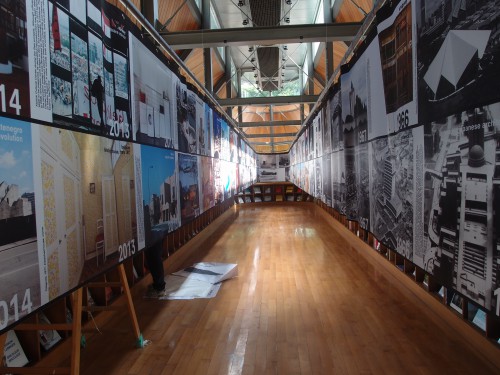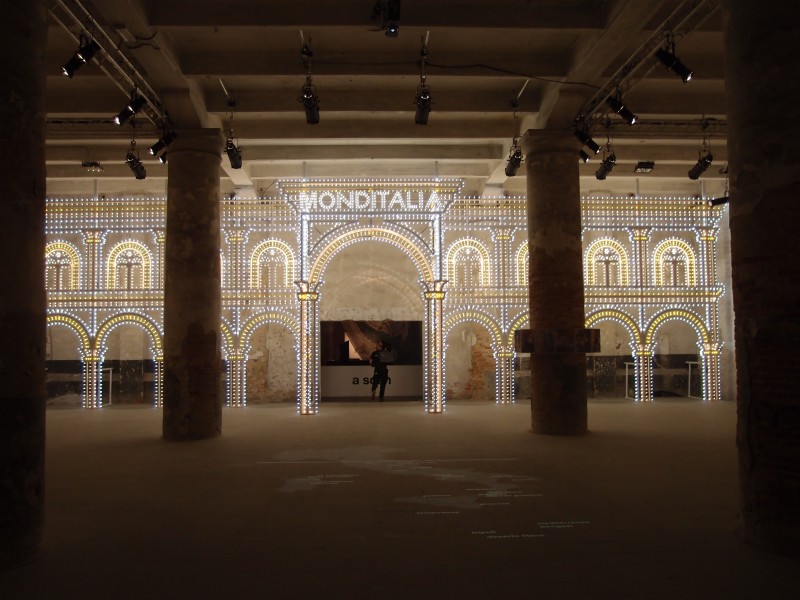Friday in Venice at the 2014 Venice Architectural Biennale
On invitation of Rem Koolhaas, the curator of the 14th International Architecture Exhibition at the Venice Architecture Biennale, Friday in Venice will take part in Monditalia’s events program by hosting a number of interactive weekend shows (on AUGUST 1, 2, 8, 9, 15, 16). Friday performer Gábor Biedermann and Michael Schindhelm will moderate discussions on relevant topics with participants (amateurs and experts from different nations and generations) both online and in person. These topics will have been previously debated in the online game hosted on the website www.lavapolis.com. The Corderie dell’Arsenale will turn into a stage for Friday in Venice.
Rem Koolhaas will participate, with other curators of the Venice Biennale, in a series of discussions on August 2 under the title EUROPE’S EDGES (HOW WE BECOME WHAT WE ARE).
The local activist movement Poveglia per Tutti (“Poveglia for all” in English) will join Friday in Venice as well (www.povegliapertutti.org).
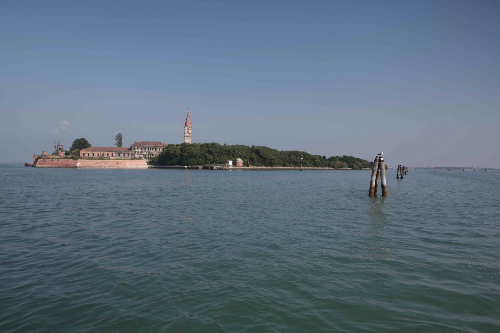
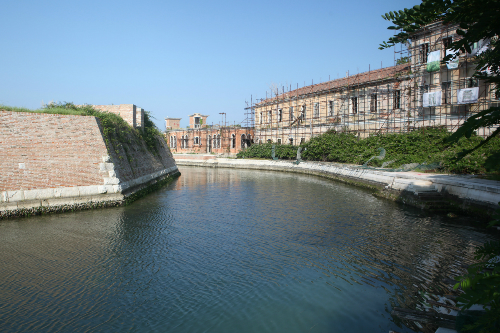
Their mission concerns a small island in the Venetian Lagoon, considered one of the most “haunting abandoned places in the world. The island was up for auction recently as part of a desperate attempt on the part of Italy to offset the effects of the economic crisis. The 70,000 square-meter island of Poveglia was at the heart of a conflict between Venice and Genoa during the fourteenth century. Fortifications and other artifacts of the war can still be found there. During the eighteenth century, the island served as a quarantine station for ships en route to Venice that were suspected of carrying the black plague. Ships were ordered to wait there for forty days to ensure that none of the passengers or crew were infected with the disease. After two cases of the plague were discovered on the island, it was closed off and used to quarantine others with the disease. Since then, tales began to spread of those who perished on the island and their ghosts, who supposedly haunt the island to this day. In 1922, a geriatric hospital was opened on the island; it operated until 1968. Rumors spread that the hospital administrator, crazed by the haunted island, would conduct lobotomies and other experiments on patients. Supposedly, the mad doctor eventually threw himself off the hospital’s roof.
The Italian government was hoping to market the island as the ideal spot for building an exclusive, luxurious hotel. The auction included a 99-year lease on all of the structures on the island, the hospital, the fortifications, and other ruins.” (Haaretz)
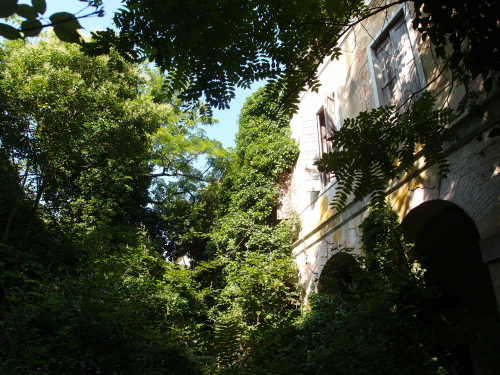
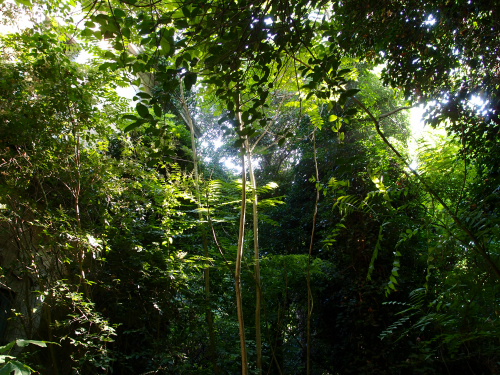
But the Venetian activist group Poveglia per Tutti managed to stop the process of privatization and to initiate a debate about heritage, public good, and new forms of collective self-regulation. As on the fictional island of Lavapolis, people in Venice speculate about the possibility of an alternative life on an island.
From July 7, Friday in Venice will also participate in the Venice Biennale in the form of an interactive installation at the Corderie dell’Arsenale. The installation will enable visitors to the Biennale to go online and participate in the debates running on the web platform www.lavapolis.com.
The book Lavapolis (published in English by Sternberg Press and in German by Matthes & Seitz) will be published in July and presented in a book exhibition at the Stirling Pavillon in the Giardini.
